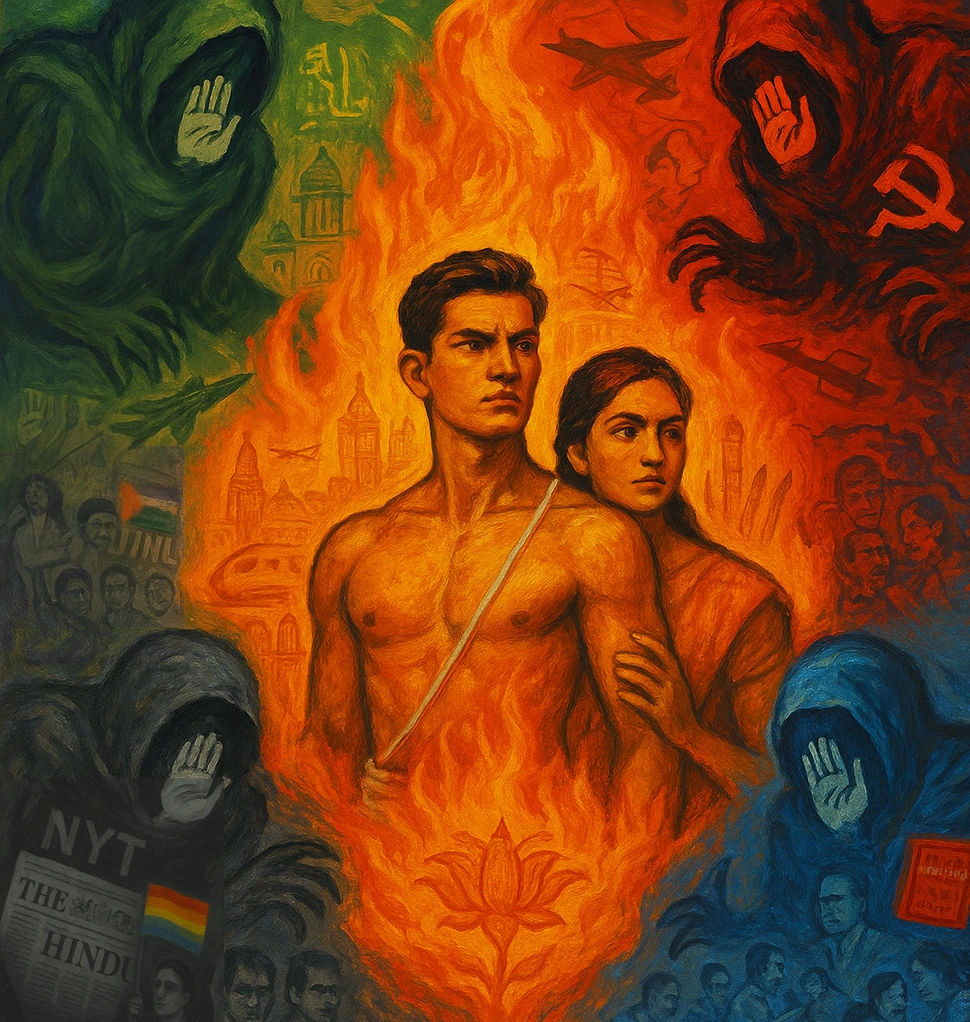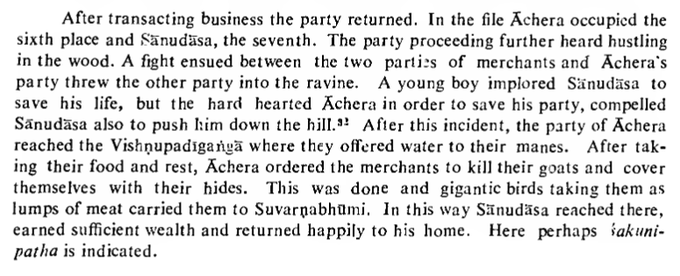Stories
Table of Contents
1. Gold
What is much less well-known than the “Indian housewives hold x% of the world’s gold” factoid is that India is not itself blessed with many gold deposits (or any natural resources ftm)
All of it comes from running an enormous trade surplus with Rome & Suvarṇabhūmī in antiquity.


No gold nor silver, yet we built enormous temples of gold. No copper or zinc yet the undisputed leaders in ancient metallurgy. No good horses yet ruled Silk Road trade. Not much land either, yet the largest population. Granted an extremely disease-conducive environment, we invented medicine.
All we were blessed with were great rivers and human talent.
2. Jana Sangh
The Emergency/1970s period was primarily a tussle between Soviet-backed “authoritarian socialists” (Indira Gandhi) and CIA-backed “democratic socialists” (Left wing of Janata Party)
… and one little group, the right-wing Bharatiya Jana Sangh, the only voice actually caring to voice India’s national interests, representing a sovereign, Indian ideology (Hindutva).
[2300 years ago, confronted with two Great Empires that had never tasted defeat, the mighty Nandas with their 4000 iron-clad elephants from the East and the world-conquering Greeks under Alexander from the West—a man named Kautilya and his protege Candragupta, born to no ancestral wealth nor of any storied ancient line, had out-maneuvered both and spawned the greatest empire in Indian history.]
The fact that it was this third group, with no great power on earth backing it, that prevailed in the long run in this Cold War theater, can only be described as a victory of Kautilyan proportions.
This uniquely Hindu characteristic is the reason to be bullish on Hindutva long-term. When an unstoppable force meets an immovable object, the priest-king is born to snatch victory from the jaws of both. When the Sky goes to war against the Earth, we built our civilization out of the raindrops of that storm.
And some guys here want to imagine that our NEETcel coalposters are smarter at gEoPoLItiCs and NaRraTivE wARfArE than these men. “Boomers bad sāāāāāār.”

3. Sānudāsa
Tales of explorers and merchants often faded into oblivion in Indian literature, due to our historic priorities. One notable exception is the tale of Sānudāsa, a prodigal son who takes to the seas to make up for all the family wealth he’s squandered.

He is shipwrecked on his journey West. Previously shipwrecked on the island a girl by the name of Samudradinna. Her mother was Greek, so no man in India would marry her. Thus her (Indian) father had taken her to Alexandria to find her a groom, but was killed in the shipwreck.

Sānudāsa agrees to marry the half-Greek girl, they make a distress signal, and are rescued by a ship returning to India. Then the ship gets wrecked somewhere on the Tamil coast and his new bride dies (or is “washed away”).

Sānudāsa makes it to Madurai with the help of a bilingual man, and ultimately makes some wealth and returns to Champa (East Bihar). But his wanderlust is not satiated, and he takes off for South-East Asia (Suvarṇabhūmi).


Here the tale takes a somewhat mythical twist: the merchants travel first to the Goat Path in Central Asia, where they dress up in goat hides and await giant birds to carry them off to South-East Asia. The End.
